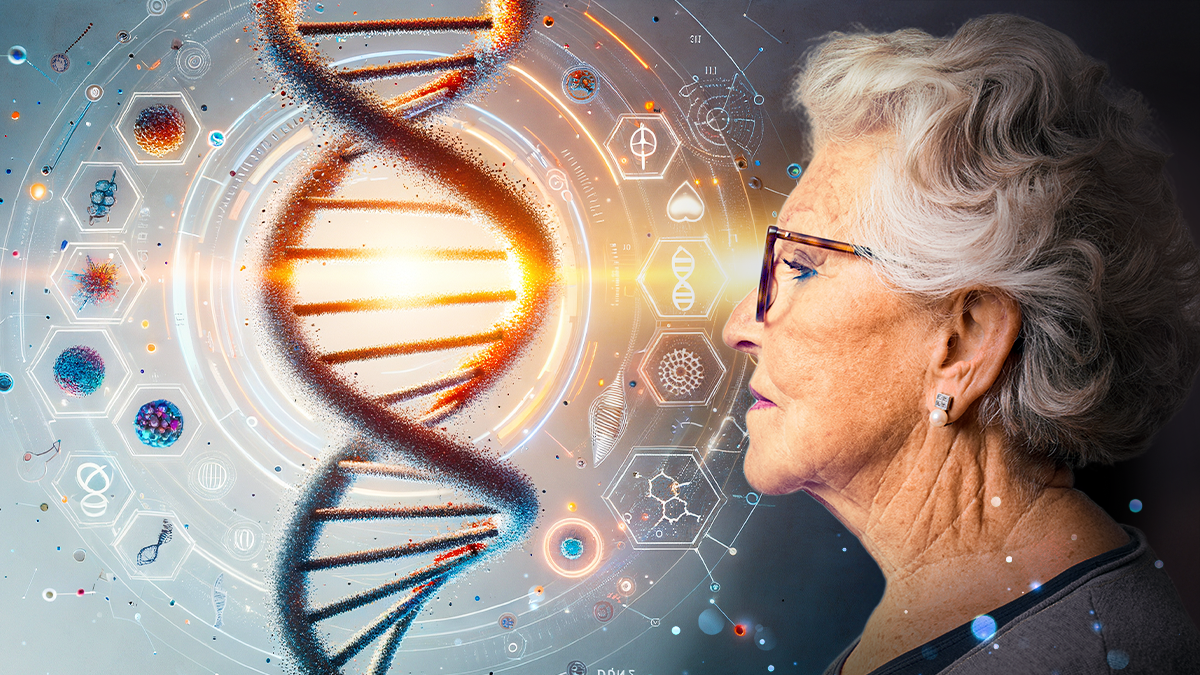Gene therapy treatments might not be a one-size-fits-all solution to some eye diseases.
Gene therapies offer immense hope for treating irreversible eye diseases like macular degeneration and diabetic eye disease, but new research suggests they come with their own set of challenges.
A recent study from the Bristol Medical School at the University of Bristol has revealed that age and gender play a significant role in how patients experience side effects of gene therapy, offering new insights into the complexities of treatment.1
The first-of-its-kind study, published in Molecular Therapy, found that older women might experience more severe inflammation than their male counterparts, potentially putting them at greater risk of vision loss.1 Dr. Alison Clare, senior research associate from Bristol Medical School and the study’s lead author, said: “The research has highlighted the critical need to separate patients for gene therapy treatment based on gender, age and risk.”
“It also underlines the need to understand the risk-reward benefit for gene therapy and indicates older female patients could be at risk from serious adverse effects by any prospective eye gene therapy.”
Examining immune response
To uncover why certain patients experience more inflammation than others, researchers compared the immune responses of male and female eye cells at different ages (young, middle-aged and older) to AAV gene therapy in animal models.
What they found was striking: older females had a much stronger immune response, leading to prolonged inflammation and signs of retinal damage. In contrast, younger males and females showed a similar short-term immune response. As the cells aged, however, the immune response in both males and females became more severe, but the female response was notably more intense and lasted longer.
They also observed that while the inflammation response in older males was consistent, older females had a much stronger stress and inflammation reaction, linked to signs of retinal damage. This could ultimately lead to vision loss, limiting the effectiveness of the therapy.
Looking at all the findings, this research emphasizes the need for personalized treatments in gene therapy. While gene therapy could be revolutionary for treating age-related and hereditary eye diseases, it’s clear that not all patients will react the same way to the therapy.
The research, supported by organizations like the National Institute for Health and Care Research (NIHR), Moorfields Eye Hospital NHS Foundation Trust and the UCL Institute of Ophthalmology, brings us closer to understanding how to improve the safety and effectiveness of gene therapy. It’s a crucial step forward in making these therapies work for all patients, regardless of their age or gender.
With further exploration, scientists hope to identify better ways to manage the risks and improve patient outcomes, ensuring that gene therapy truly becomes a breakthrough in the fight against incurable eye diseases.
Editor’s Note: This content is intended exclusively for healthcare professionals. It is not intended for the general public. Products or therapies discussed may not be registered or approved in all jurisdictions, including Singapore.
Reference
- Clare AJ, Langer PM, Ward A, Chan YK, Dick AD, Copland DA. Characterization of the ocular inflammatory response to AAV reveals divergence by sex and age. Mol Ther. 2025:S1525-0016(25)00032-2.



